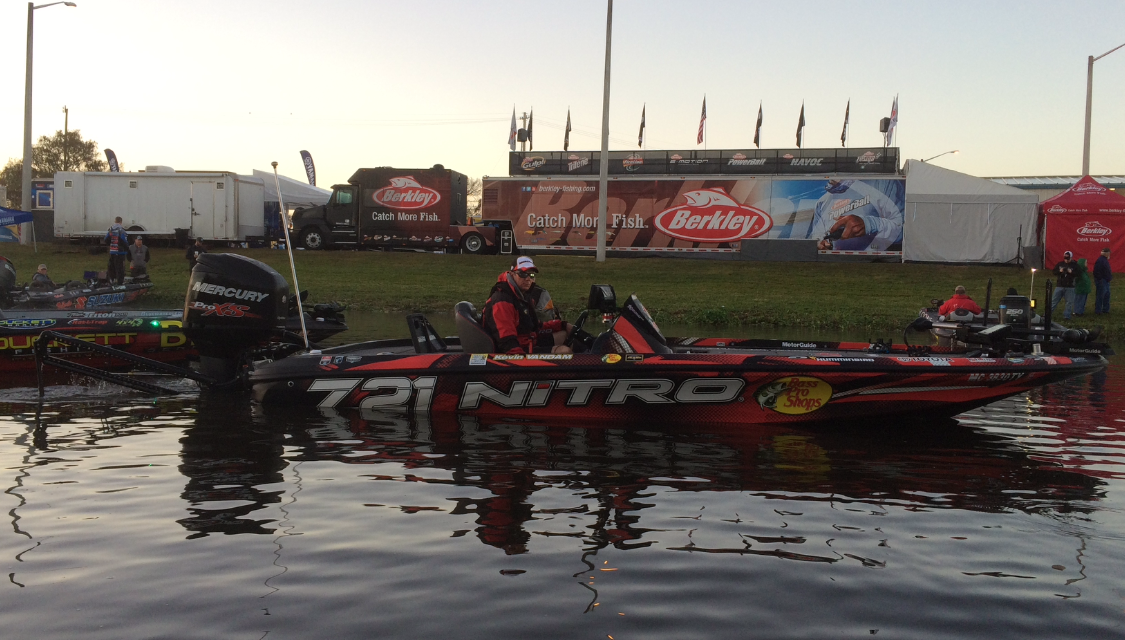
It must seem out of place for me to be writing about a slow, methodical technique.
When you’ve built your reputation as a power fisherman who covers water and fishes fast, it hardly seems fitting for me to talk about something at the opposite end of the technique spectrum.
But I’ve learned the hard way. Wacky rigging is an important tool that can be so darn deadly in a variety of situations.
Like now. Fish are beginning to spawn in the southern half of the country and bass are more fickle about lure presentations than any other time of the year.
Sometimes you need to show the fish a little different action to get them to bite.
The wacky rig also works well around boat docks, under overhanging trees or even in a little current. It’s ideal when the fish are being heavily pressured in clear water.
I also wacky rig for drop shotting either a 4-inch Strike King Ocho (stick worm) or a Dream Shot. Both provide tantalizing action and give the fish something that they may not have seen before.
For general use, I typically use a straight-tail bait like a regular size Ocho or a Fat Baby Finesse Worm. When that’s not working, I may switch to a standard, 6 1/2-inch finesse worm.
The finesse worm doesn’t have much action when it falls, but when you twitch it has a lot more action when the ends fold beneath the hook. The Ocho has a more subtle shimmying action on the fall.
Another bait that has worked well for me is the Rage Cutter Worm that has a body similar to the Ocho, real high salt content and subtle action. It sinks horizontally while the tail flaps slowly.
I usually rig those baits weightless, placing the hook in the middle of the bait so that the ends dangle.
I use “O” rings that I slide up over the bait to help secure the hook better. They allow you to catch a few more bass with one bait before it tears up. I’ve also found that if you miss a bite, you can drop it quickly to the same fish without having to adjust the hook.
If fishing in deeper water or with a bait that doesn’t have much salt, I will weight the hook with lead wire that I get from Bass Pro Shops fly tying department. It is fine wire that I wrap on the shank next to the eyelet and can add whatever I need to get the fall rate I want.
And while I prefer leaving the hook exposed, there are times when fishing around brush that you have to protect the point. To do that, I create my own weed guard with 30-pound fluorocarbon. I make a loop and fold the line, then wrap it against the hook with fly thread and a touch of glue. It’s not foolproof, but it does a pretty good job, and the line is less visible than a wire guard.
I prefer to use wacky rigs on spinning tackle with 15-pound braid and 10- or 12-pound fluorocarbon leader combination. The key is to make sure you have a long enough fluorocarbon leader that you get a good sink rate.
The next time you know bass are in a specific area, show them a wacky rig. It’s something they can’t pass up.
It’s all about the attitude!
Kevin VanDam’s column appears weekly on Bassmaster.com. You can also find him on Facebook, Twitter and Instagram.

